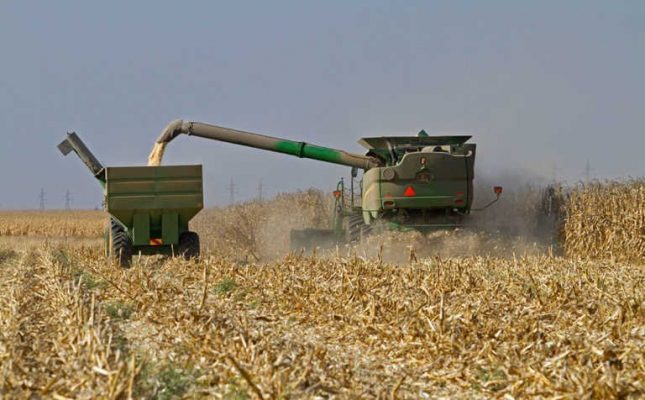Insights from FNB Agriculture Pre-Harvest briefing : Dawie Maree, Head of Information and Marketing at FNB Agriculture
Some years ago, renowned investor and commodities guru, Jim Rogers told Americans to learn how to drive a tractor if they want to become rich.
He predicted that stock brokers were going to be driving taxis. The smart ones will learn to drive tractors so they can work for the smart farmers. The farmers are going to be driving Lamborghinis.
However, a large part of South Africa’s investment community has not been pressed to “learn how to drive a tractor”. It is simply not the go-to sector for investments. The future profitability of the country’s farmers has become a critical concern.
Various experts agree that this has to be fixed.
South Africa is currently one of 10 countries in Africa which is food secured, and one of the few countries that is a net exporter of food.
However, farming debt in 2017 amounted to more than R158bn and the cash flow position of farmers, especially in the grain producing areas of the country, has been deteriorating since 2014 and shows very little sign of improving.
According to the Agricultural Business Chamber of South Africa (Agbiz), a major driver behind the current position of the agricultural sector is a lack of confidence.
Agribusiness confidence reflects future development in the sector based on the views of industry players on agricultural production, turnover, operating income, market share, employment, capital investment and export volumes, to name a few.
At times, there was more than simply a lack of confidence, there was despondency. It usually coincided with prolonged periods of drought where rainfall for the period has been below the average level of 500 mm.
Another issue which has become the elephant in the room is the adoption of the government’s policy on land expropriation without compensation.
We have managed to get a lot of the emotions out of the way, and to make the debate more business-like. Farmers have come to the table and they are willing to take the issues forward, but there is still a lot of uncertainty.
Grain SA agrees that the agricultural sector had gone through “a bad patch of emotions”, but believes things have calmed down.
If the impact of land reform is compared to the impact of profitability on our grain producers, profitability is probably a bigger threat than land reform.
If we are not planting all our hectares that are available, we will be short of the 11.5 million tons of maize that we need and prices will rise again to R4,500 per ton. We will be able to import, but it will cost us.
During the 2016 drought prices did increase to R4,500 per ton and although farmers were delighted, consumers and grain users in the agricultural value chain suffered. The challenge is to get funding for farmers to start planting again.
The average grain farmer borrows between R8m and R10m. He plants his seed and then he prays for rain. This is the risk facing farmers so that we can have food in the country.
We do not have a similar situation in SA as the insurance industry does not yet have capacity to fully insure parts of the country that are high risk, i.e. Western parts.
And in the eastern part, because of sufficient rainfall, farmers are not too keen to insure their crop for multi-peril insurance.
Following the 2016 drought, there have been preliminary discussions on the issue with government. One proposal was to look at a crop insurance scheme where government subsidises the premium to enable more farmers to insure their crops.
It has also been suggested that a part of the national budget allocation to agriculture should be earmarked for such a scheme.
Grain SA believes there are sufficient hectares available for production, whether it is grains, meat or fruits. However, the stumbling block is that those who do not own the land find it near impossible to get a loan from a commercial bank. Commercial banks remain the primary source of funding, with R97bn of the current R158bn of farming debt sitting with them.
Small holder farmers still find it challenging to reach their full potential, as they still can’t access financing through the normal structures.
Offering loans to farmers who do not hold the title deeds remains a major risk. In terms of the Banks Act, and the National Credit Act, lenders have to look at affordability and the ability to repay (the loan).
At FNB, we are in the process of looking to into options to establish a fund with own resources, but also with development funds from the international community, to assist farmers without security.
As the financial sector we need to ensure that everybody gets financing at a reasonable rate that allows them to be profitable. We need to re-engineer our financial models. This includes developing more complex credit structures to have blended finance to help with access to markets, skills and funding.
Blending finance is broadly seen as the combination of official development assistance with private or public resources, generally with the aim of leveraging development finance from other players.
As small holder farmers get upskilled their yields will improve. We must be able to move the produce – either by having a growing domestic market or by looking for markets elsewhere.
The UK offers new opportunities – if they ever leave the European Union – and South Africa is setting its sights on the East and especially China. However, the deciding factor for entry is safe food. Therefore, issues such as bio-security, traceability and compartmentalising are becoming critical.









